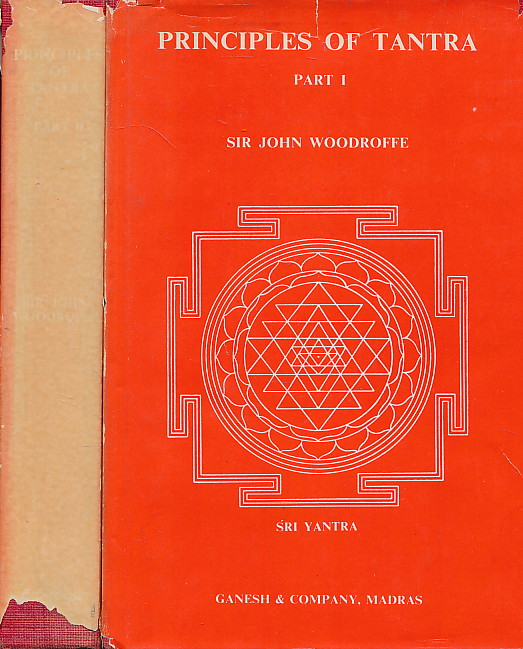Principes of Tantra I-II
€40,00
Nema na zalihi
| Težina | 1859 g |
|---|---|
| Format | 15 × 23 cm |
| Autor | |
| Izdavač | |
| Mjesto izdanja | India |
| Godina | 1978 |
| Broj stranica | 954 |
| Uvez | Tvrdi |
| Stanje knjige | Vrlo dobro |
This book contains the Tantratattva of Shriyukta Shiva Chandra Vidyarnava Bhattacharyya Mahodaya. The work here translated is that on an Indian mind unaffected by western thought. Apart from its intrinsic merits, it has such value as being the record of the views of an English educated Hindu, who finds in the conclusions of recent western science a corroboration of his ancient eastern beliefs. Its author modestly says: I have attempted to give the reader the result of a general survey of the philosophy upon which Tantrik Sadhana, or self-culture, is based. But in so recondite and unfamiliar a subject, when the correctness of every individual interpretation may be called in question, the reader is requested to go himself to the source, and there, with faith and devotion, and under the guidance of a Guru, drink of its waters. This book is also known as The Tantra-Tattva of Sriyukta Siva Chandra Vidyarnava Bhattacarya Mahodaya. It is the major source in English on the theory and practice of right-handed Tantra. Written in the 19 century by an Orthodox Hindu who himself practiced the disciplines of Tantra Shastra. The book is a treatise on various aspects of the philosophy and practice of Tantra. It includes chapters on Tantric scriptures, ritualistic worship, the Guru, and Shakti. Many accounts on the subject of TANTRA have appeared in Book form over the years but most of these are cursory. These accounts are as a rule make general statements by way of condemnation of it. Sir John Woodroffe also known as Arthur Avalon, has on the other hand had researched solely on this subject and removed all the negative condemnation by strictly sticking to the facts. The Book Principles of Tantra brought out in two volumes says it all and can not be missed by any student of Tantra. Table of Contents: Part I Preface by Arthur Avalon Introduction by Arthur Avalon Invocation Preface by Sriyukta Siva Candra Vidyarnava Bhattacarya Mahodaya Chapters I. Appearance and Applicability of the Tantra scripture Necessity for the Scripture Understanding of the Scripture Doubts Concerning the Scripture Reasoning on the Scripture On Meeting Sadhakas II. What is the Necessity for the Tantras when there is the Veda? Introduction of Tantra Monism, Vedanta, and Sankarcarya III. The Ephemeral and Modern Monism Difference between and similarity of Veda and Tantra Consensus of other Scriptures as regards the Authority of the Tantra The Direct and Superior Power of Tantra IV. Gayatri Mantra and image worship Worship of Gayatri The Vacya and Vacaka Saktis of a Mantra V. Commands of Sastra On Formlessness and Form VI. Worship of Devatas VII. What is Sakti? VIII. What is Sakti? – Continued IX. Siva and Sakti X. Worship of the Five Devatas Tantrik Initiation Loss of Tantras and Treatise on this Scripture Part II Preface by Arthur Avalon Introduction by Sriyukta Barada Kanta Majumdar XI. On Mantra XII. Lettered and Unlettered Sound XIII. On the Guru XIV. Discussion Upon, And Selection of the Guru Women Gurus Guru Family and Family Guru The Guru Profession The Characteristics of Disciples The times for Initiation XV. Worship in General XVI. The Play of Gunas Adhyatmikism XVII. Outer Worship XVIII. Ordinances Relating to Worship XIX. Ceremonial worship Bhava Entrance into the House of Worship Removal of Obstacles Seat Rules Relating to Direction in Worship Time for Worship Place of Worship Worship of Siva Order of Worship XX. Ceremonial Worship-Continued Purification off the Five Purification of the Twelve Purification of Elements Nyssa Mental Worship Invocation Articles used and Acts done in Worship
